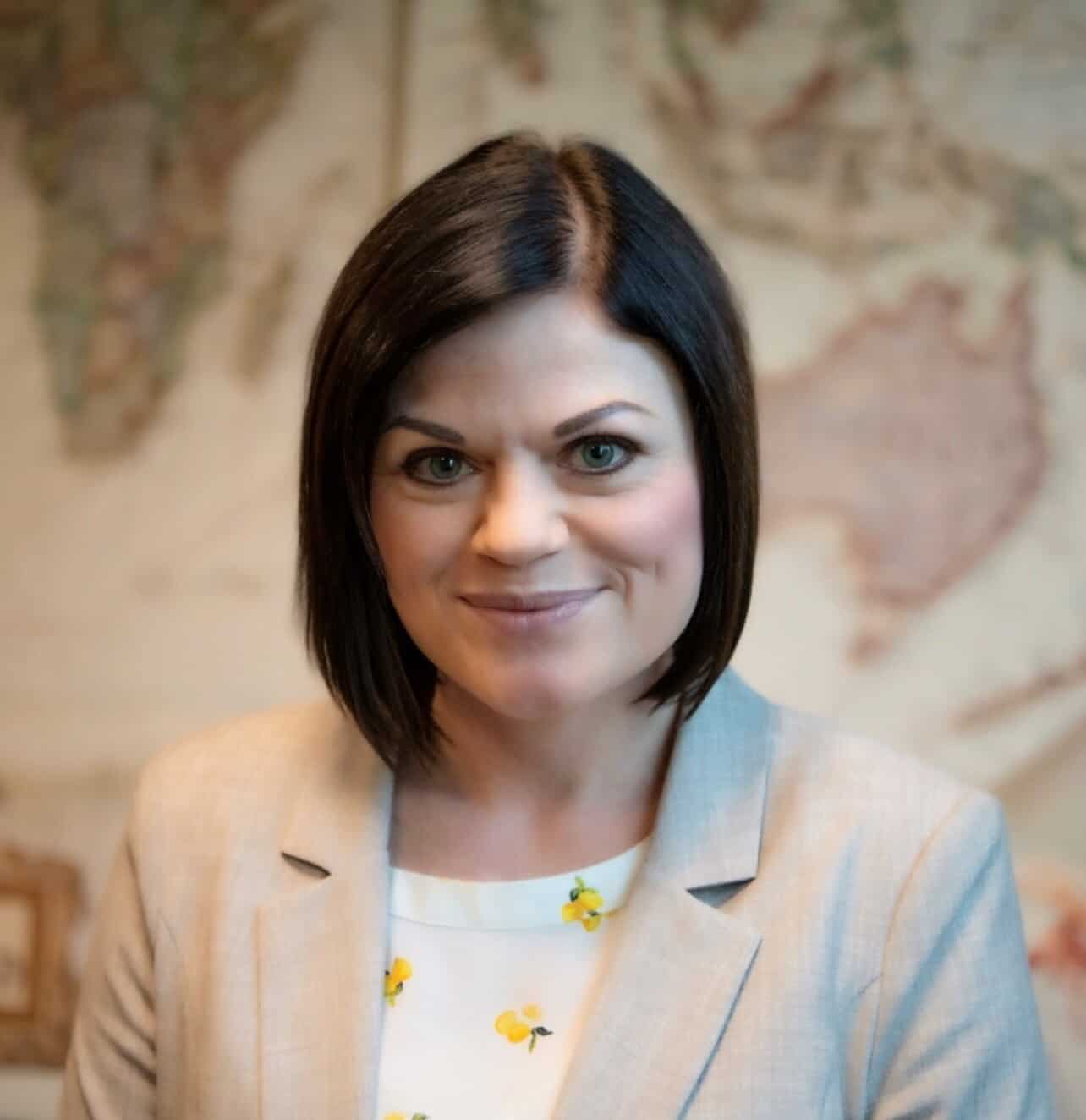Jul 28
2021
Bringing Telehealth To All: How Underserved Communities Struggle To Implement A Critical Service

By Edith Lee, LCSW, vice president, Americares.
When the COVID-19 pandemic struck, free and charitable clinics across the country quickly pivoted to telehealth to keep staff, volunteers and patients safe. A year later, the ability to provide low-income, uninsured patients with a new, more convenient way to connect with their care team has been embraced by healthcare providers and patients alike.
There’s a good reason for this almost universal adoption. Telehealth facilitates virtual video appointments with providers using a patient’s computer or smartphone. It’s a game changer for patients with transportation or mobility issues as well as those working multiple jobs or in need of childcare, or in many cases, both.
The National Association of Free & Charitable Clinics reports 67 percent of free and charitable clinics across the country successfully implemented telehealth services in response to the pandemic. Many other safety net clinics so vital for the healthcare of underserved communities in the U.S., would do they same but they are still struggling to find the funding, training and the technical assistance necessary to make telehealth viable at their facilities.
The reality is, a third of free and charitable clinics in this country have operating budgets of less than $100,000. Many rely on volunteer providers and staff, and most simply don’t have the technical or financial resources to pivot to telemedicine.
Yet for the low-income communities they serve, telehealth increases access to care. It provides patients with the flexibility to attend appointments without having to miss work and lose much-needed income, coordinate childcare, or find reliable transportation—barriers that often stand in the way of low-income patients and their healthcare.
Some argue that low-income, uninsured patients don’t have the equipment or technical literacy to take advantage of telehealth. But at Americares, we know that many working, low-income uninsured patients have a phone, even if it’s a simple flip phone, and can attend appointments through a phone call with their doctor. We also know that many patients have internet access at work, where they can arrange to take a telehealth appointment during their lunch or break time. It’s important to remember that telehealth does not replace all in-person care—it’s simply another option that gives patients more of a choice.
Recognizing that telehealth is a solution to increasing access to care, especially for working, low-income, uninsured patients, the free and charitable clinics serving these individuals need support. Unfortunately, there is a lack of funding for free and charitable clinics that want to provide telehealth as an option for their patients.
Towards that end, Americares recently awarded over $400,000 in COVID-19 telehealth grants to six free and charitable clinics and two state associations representing safety net clinics to implement or sustain telehealth services—increasing access to care for thousands of low-income, uninsured and underinsured patients. Funding works. At Shepherd’s Clinic in Baltimore, an Americares grant was used to implement video interpretation services during patient appointments to ensure that non-English speaking patients could actively engage in their care plan. The funds also supported the translation of the clinic’s website into Spanish to better serve the clinic’s non-English speaking patients, and supported a case manager for non-English speaking patients.
Over the past year, Americares has helped an estimated 50,000 low-income patients receive care through telehealth services. But the demand nationwide is still enormous. When we opened our application for the COVID-19 telehealth grants we received applications from clinics in 22 states.
Telehealth reduces unnecessary emergency room visits for acute conditions, addresses ongoing healthcare needs of patients with chronic illnesses, and reduces overall healthcare system costs. While there are many advantages, it’s the patient who wouldn’t otherwise receive care that’s ultimately the biggest winner.